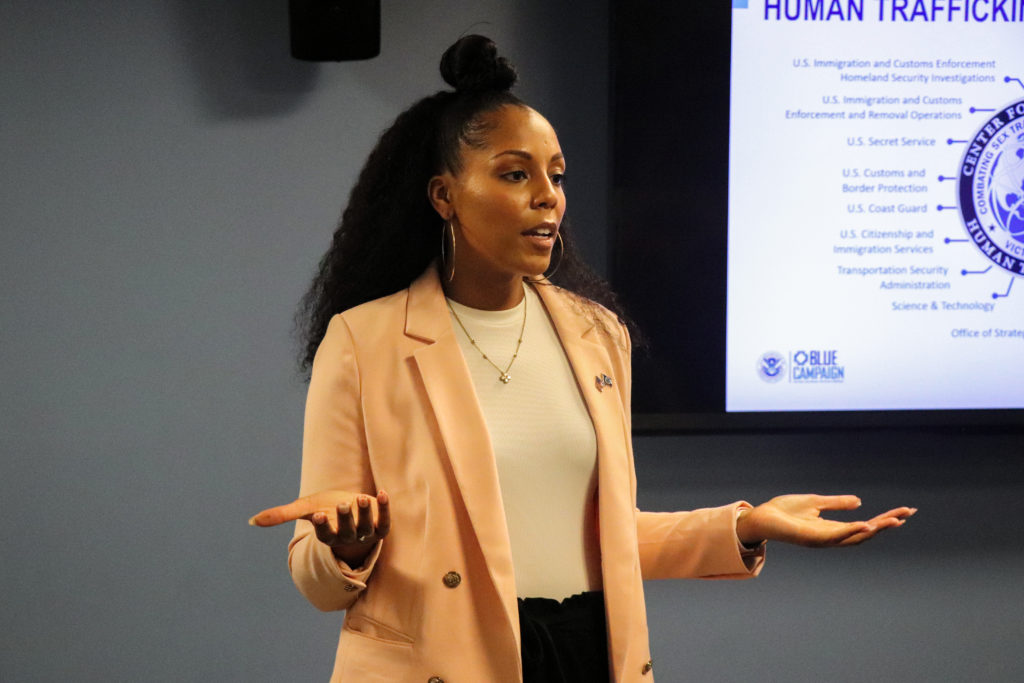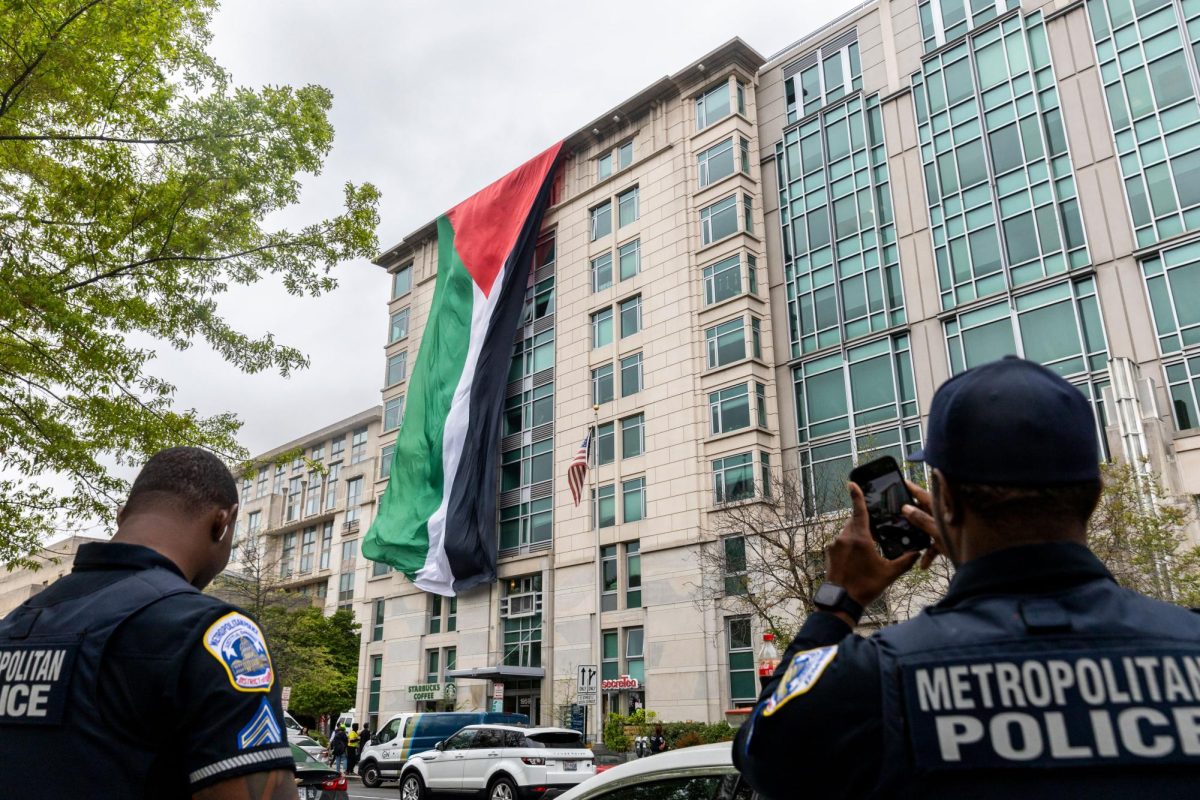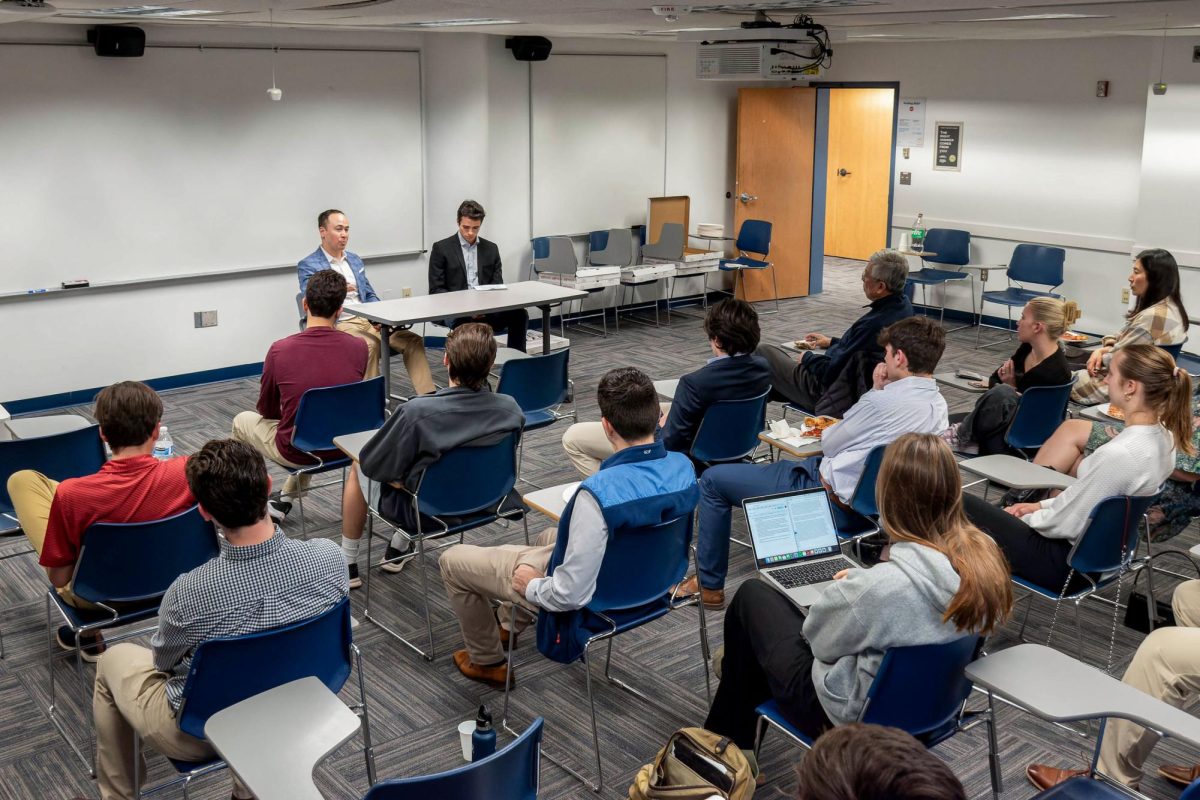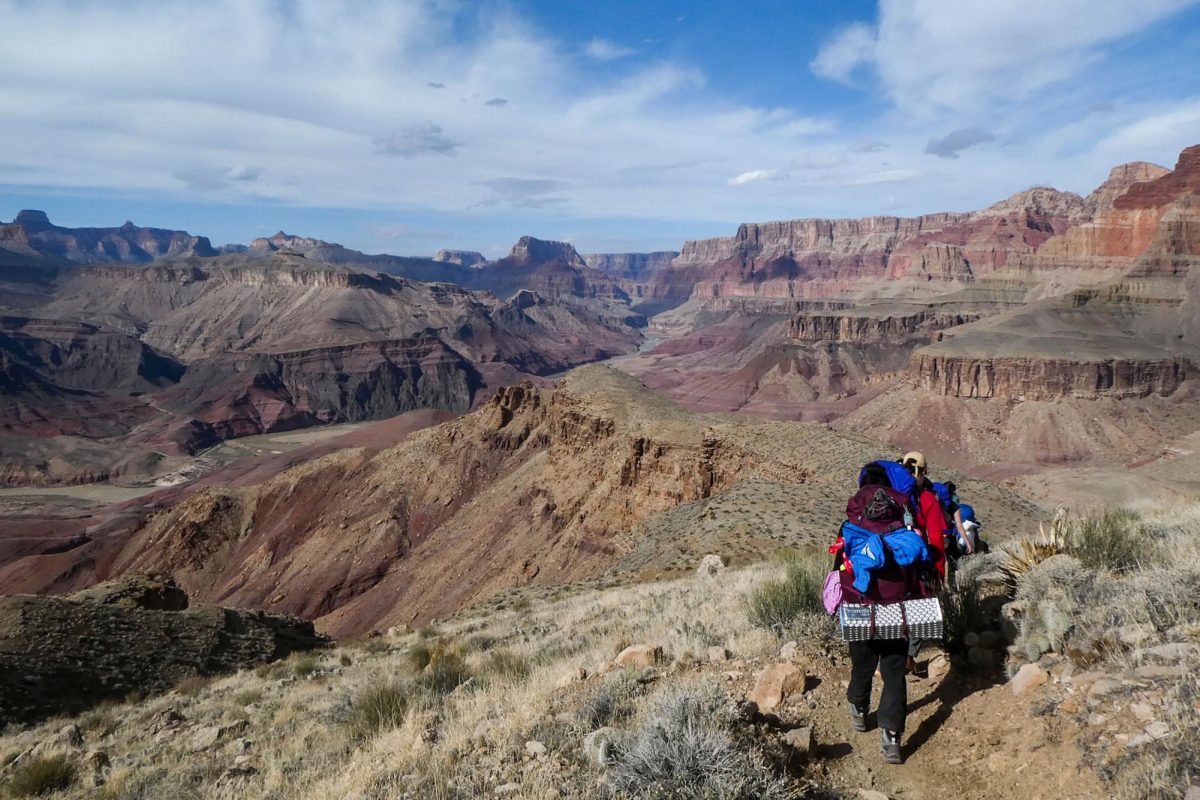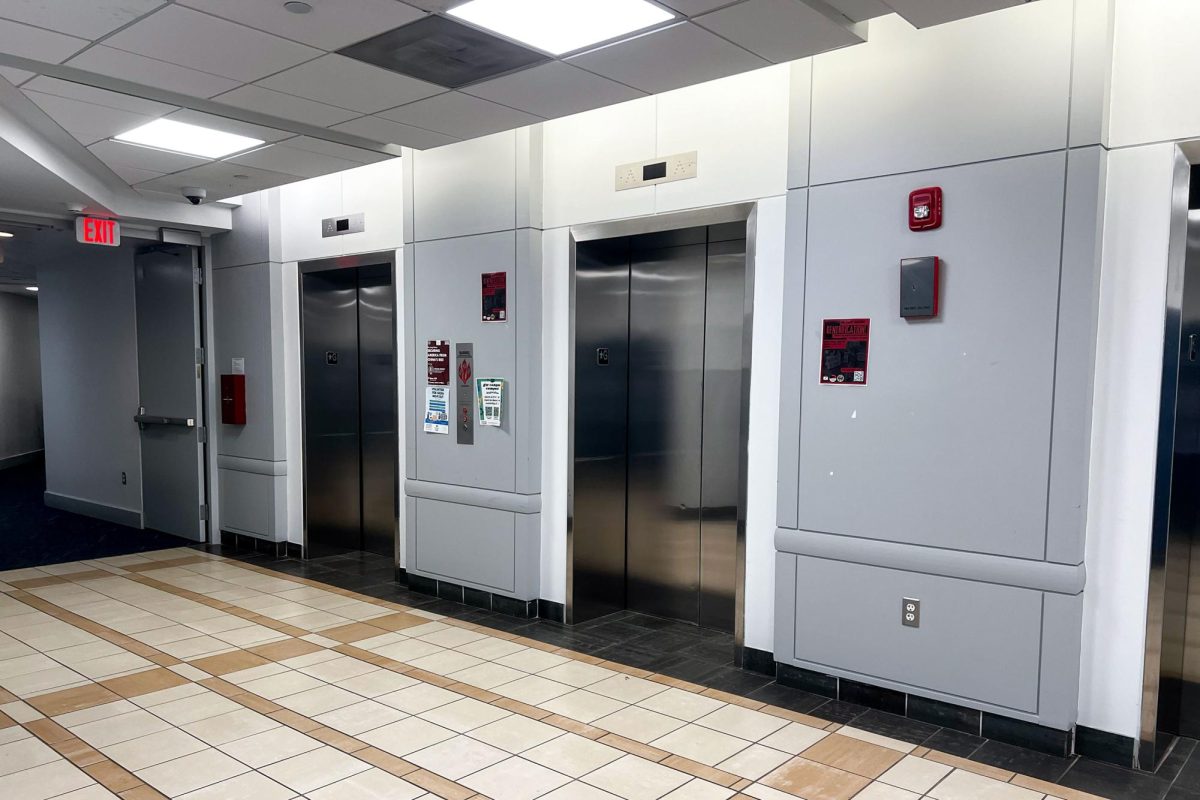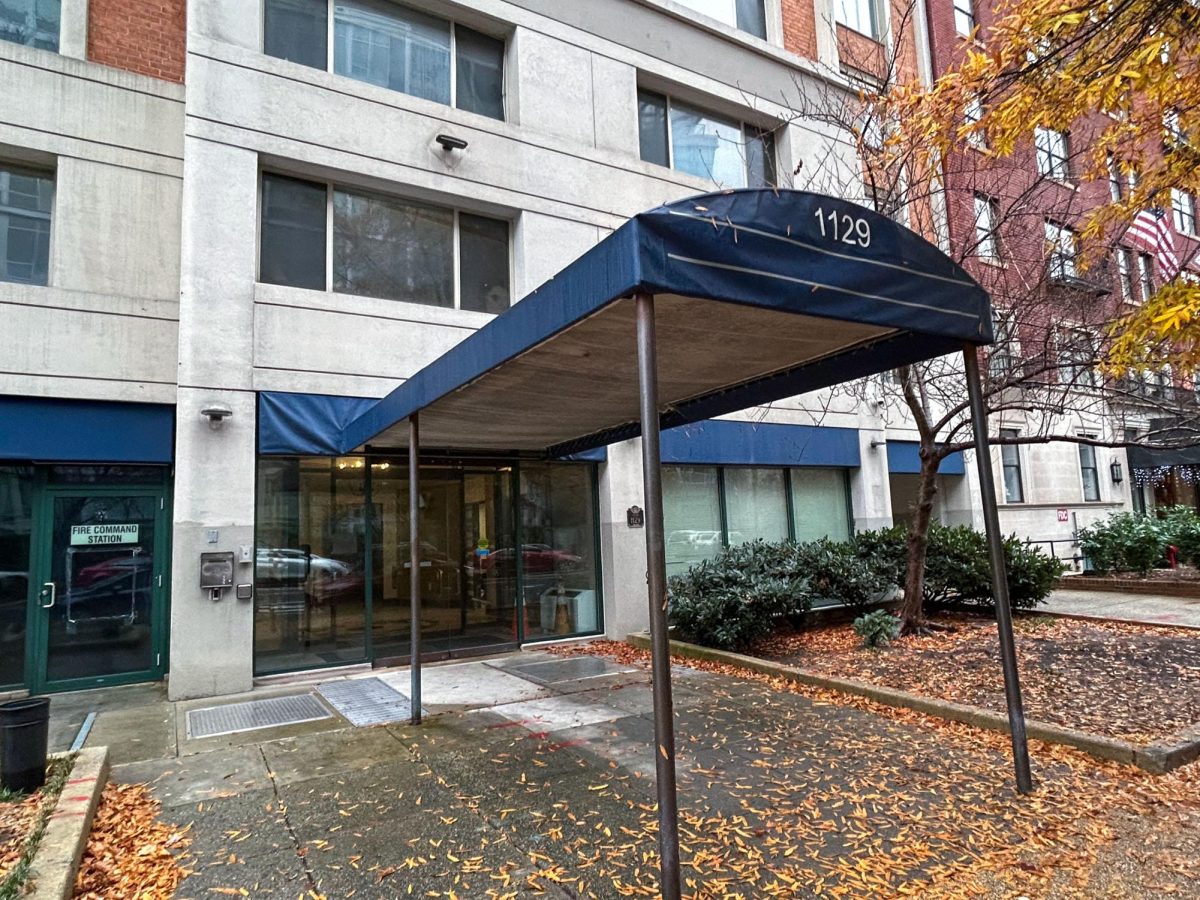A Department of Homeland Security official discussed human trafficking and its effect on communities of color at an event at the Elliott School of International Affairs Monday.
Brandi Bynum, the director of the DHS’s Blue Campaign, a campaign focused on combatting human trafficking, spoke about the prevalence, types and methods of human trafficking. The Elliott School’s Office of Diversity, Equity and Inclusion hosted the event alongside the Leadership, Ethics and Practice Initiative and The Young Black Professionals in International Affairs as part of GW’s Black History Month Celebration.
Bynum said according to the DHS Center for Countering Human Trafficking, human trafficking is a crime that makes an estimated $150 billion worldwide every year, affecting more than 49 million people.
“It is happening in our neighborhoods,” Bynum said. “It’s happening right here in Washington, D.C. If you’ve watched the news or read the news, you’ve seen different cases of missing little boys and girls that have been trafficked.”
Bynum discussed common misconceptions about human trafficking, like traffickers using a “white van” to kidnap their victims, and said the method isn’t as popular as people think.
“That is the exact opposite of what is happening,” Bynum said. “I’m not saying that people are not getting snatched up in white vans, but that is not the primary way that traffickers are roaming and luring their victims.”
Bynum said the three elements constituting human trafficking under U.S. federal law are force, fraud and coercion. She said there is an exception if a victim of sex trafficking is under the age of 18, in which case the law does not require prosecutors to prove the three factors.
Bynum said even though anyone can be a victim of trafficking, the crime disproportionately affects people of color. Despite only making up about 14 percent of the U.S. population, about 40 percent of sex trafficking victims during a two-year review period identified as Black women, according to a Congressional Black Caucus report from 2020.
Bynum said the six most vulnerable groups for minor victims of trafficking are runaways, children in foster care, prior victims of trafficking, people experiencing homelessness, LGBTQ+ individuals and people living in poverty. She said adult victims include victims of substance use, financial debt and undocumented immigrants.
Bynum said the public should report potential instances of trafficking they see.
“You’re thinking about these risk factors and these vulnerabilities that individuals have, these traffickers are trying to meet a need,” Bynum said.


